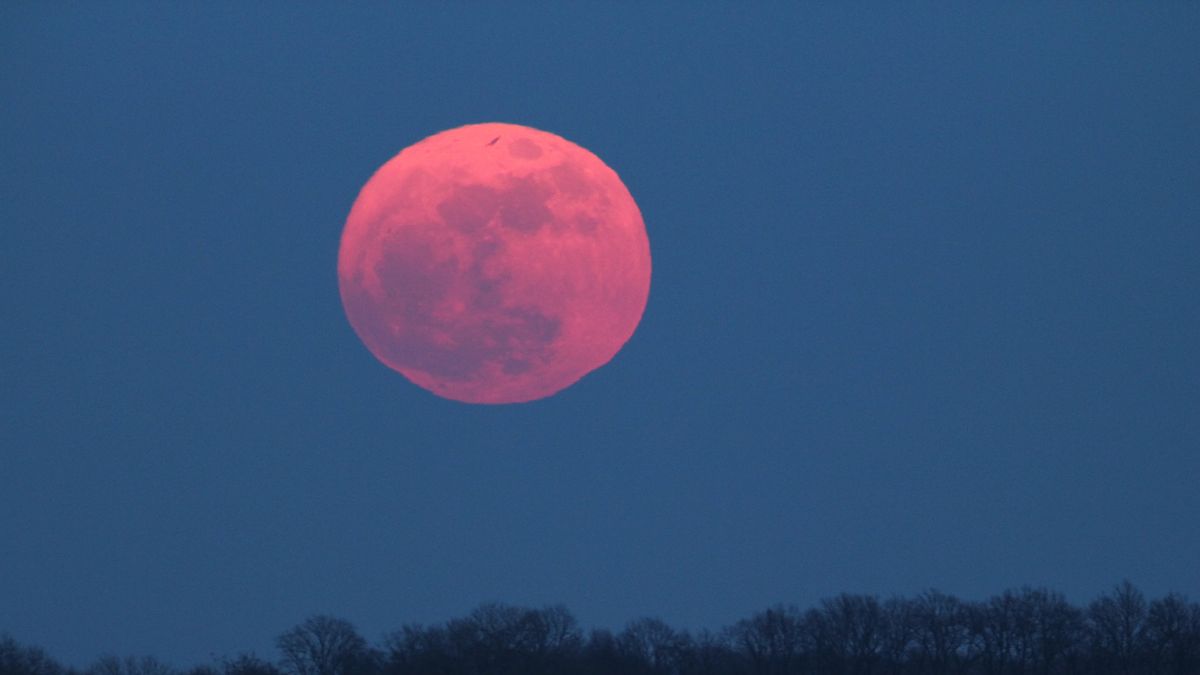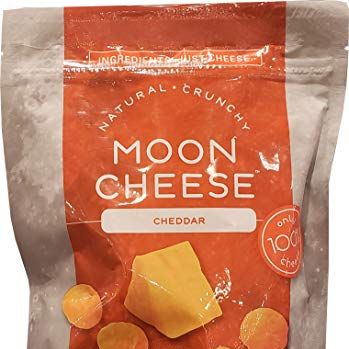Calling all stargazers and amateur astronomers: You're in for a treat this month. According to the ever-reliable Old Farmer's Almanac, a "pink moon" is expected to be visible just before dawn on Friday, April 19.
There's just one teensy problem: It's not actually pink.
But before you toss your telescopes in the trash, remember that the confusing name mechanism happens all the time. For instance, the Full Strawberry Moon, which comes later in the year, does not, in fact, resemble a strawberry. Nor is it actually red. And September's Full Corn Moon doesn't look like an ear of corn either. And the Full Worm Moon—well, you get the picture.
Despite the color, the spectacle is still a gorgeous way to get outside and celebrate spring. Here's what to know if you want to see it for yourself.
Where does the Pink Moon get its name, then?
We know what you're thinking: If the pink moniker doesn't actually mean anything, then where does the moon get its name anyway?
Turns out, it's actually named after a North American flowering plant called "moss pink" (or "wild ground phlox," if you want to get fancy about it), which tends to bloom around the same time as this recurring Full Moon's appearance. The Almanac reminds us that these plants emerge right about now, in the early spring.
In addition to the colorful calling card, April's Full Moon also has several other names that can be used interchangeably: "sprouting grass moon," "egg moon," and "fish moon."
How can you see this year's Pink Moon?
According to the Almanac, the Moon will reach peak fullness at 7:12 a.m. (ET) on Friday, April 19. To see it most clearly, though, you'll actually want to watch out for it starting on the night of the 18th, when it will be at "near-peak fullness" and easiest to see against the dark night sky.
















